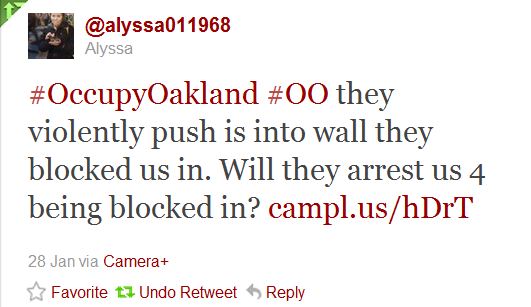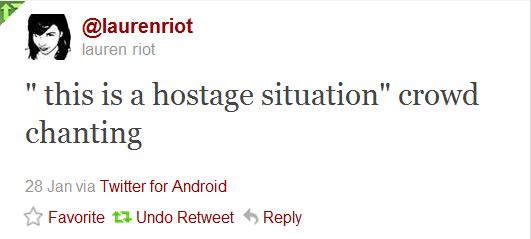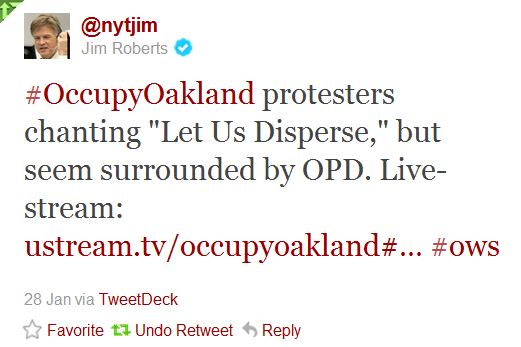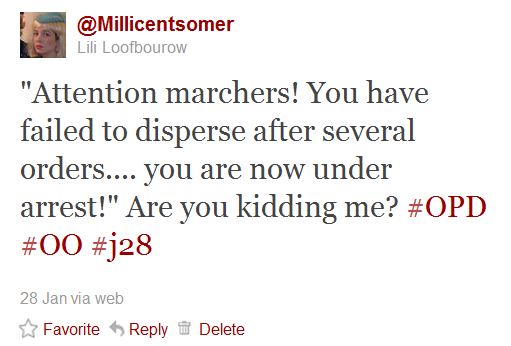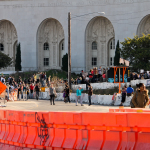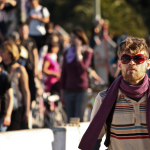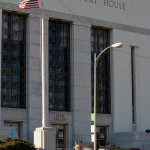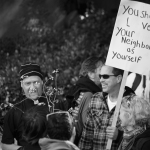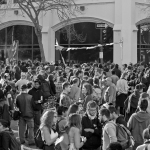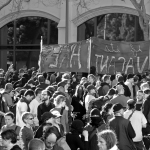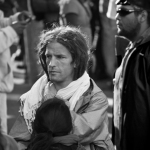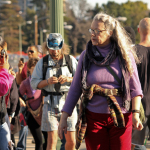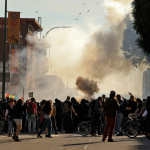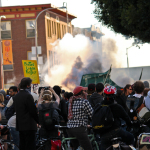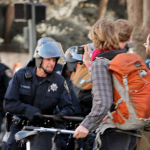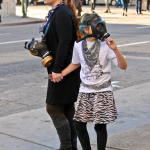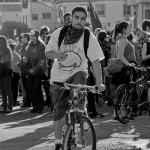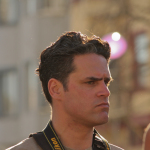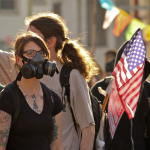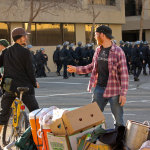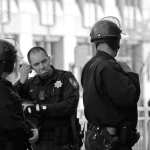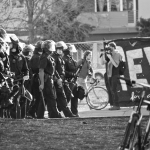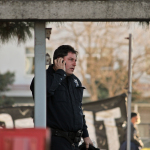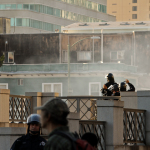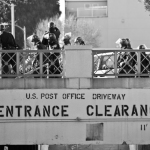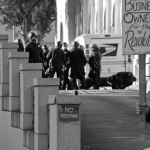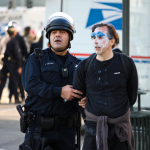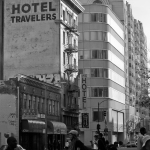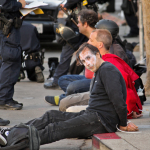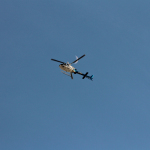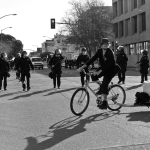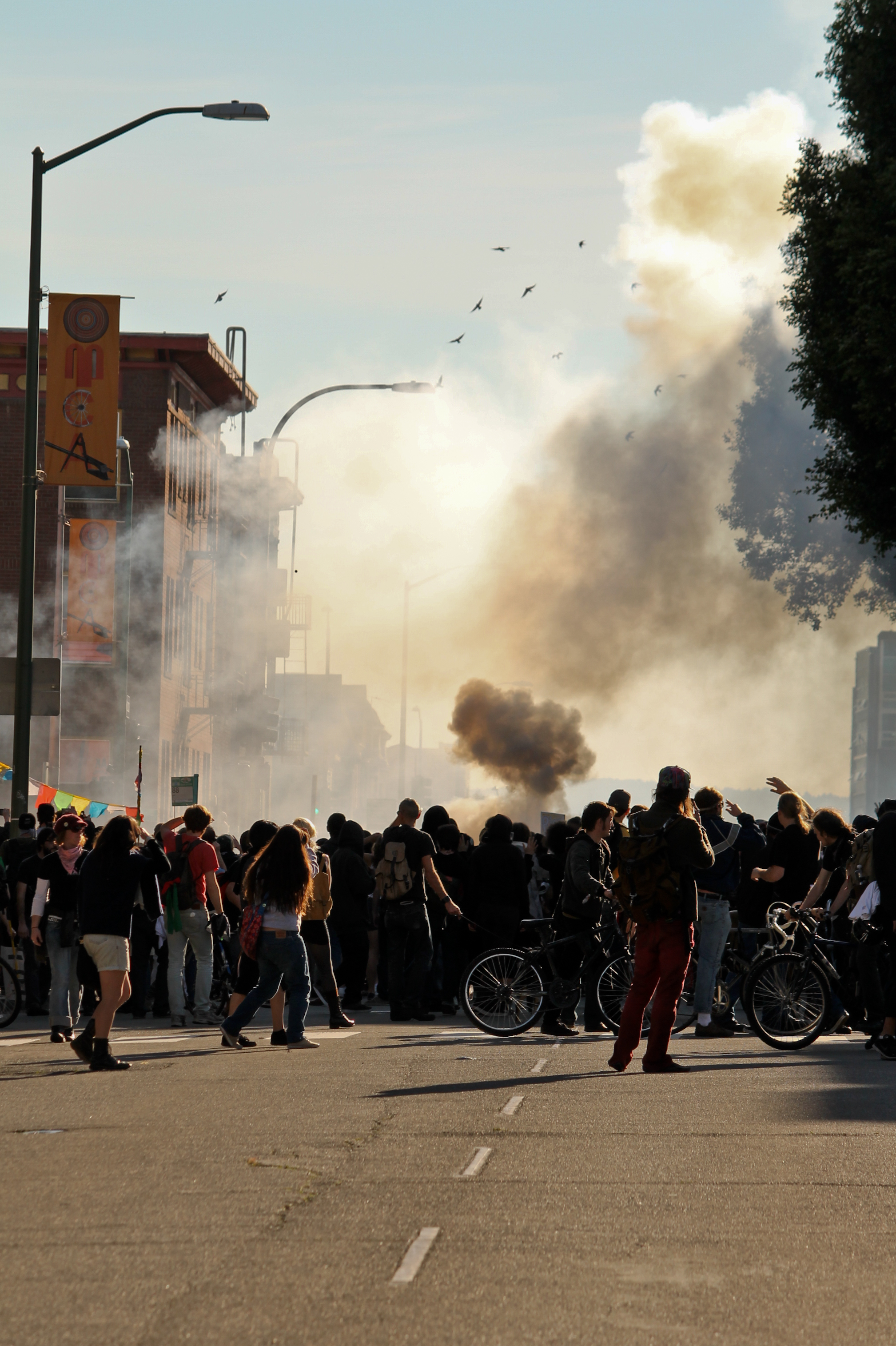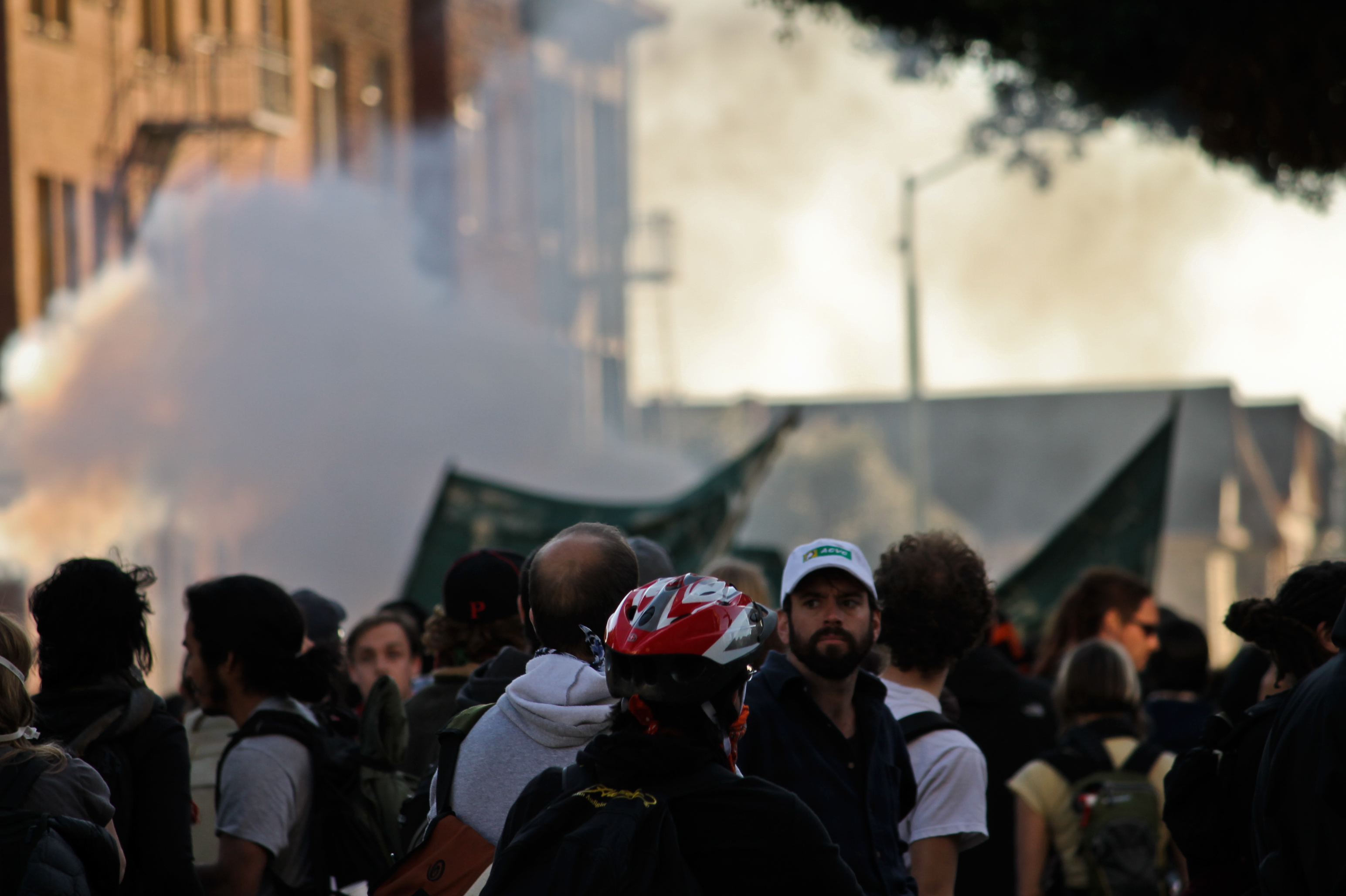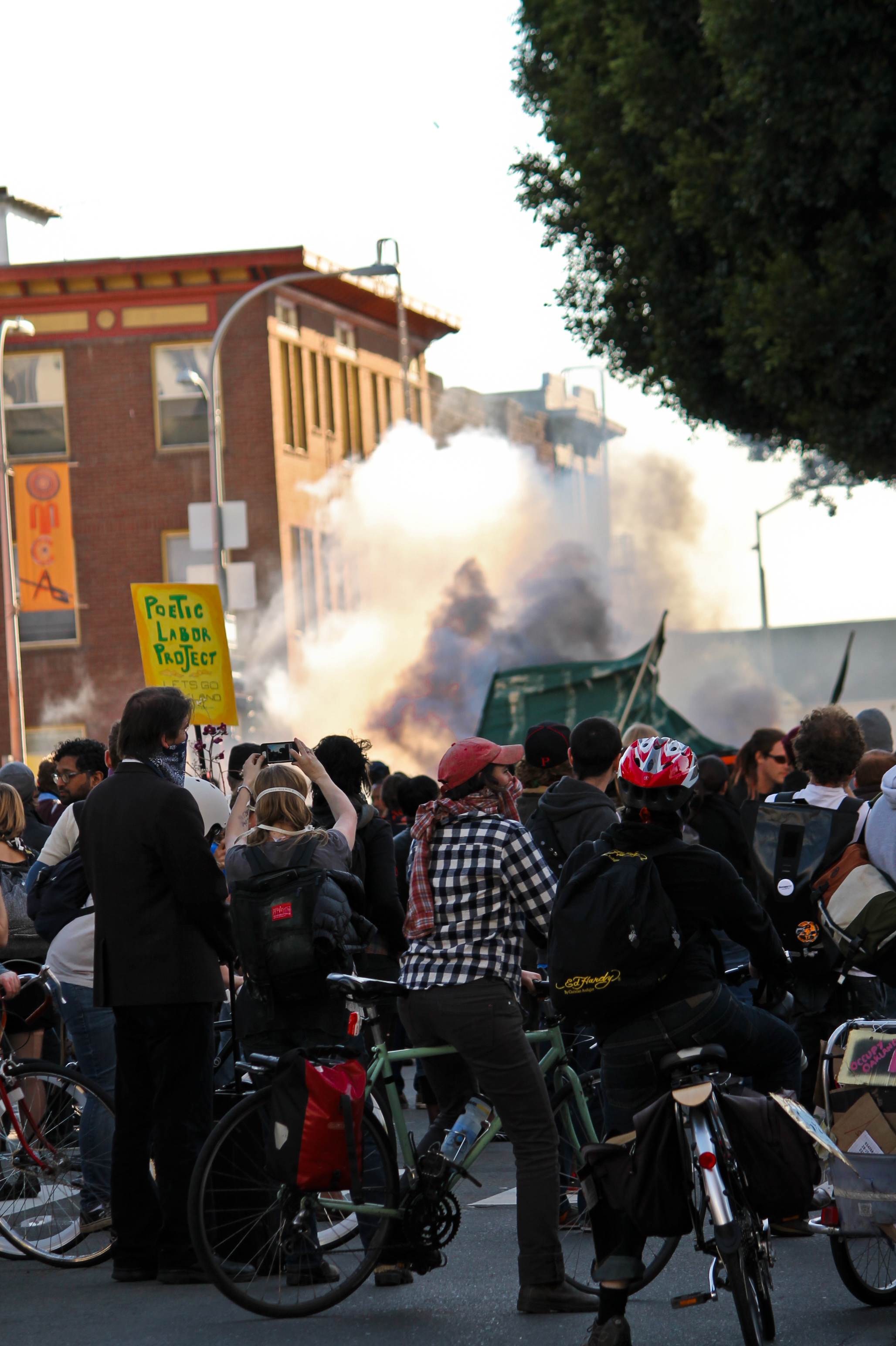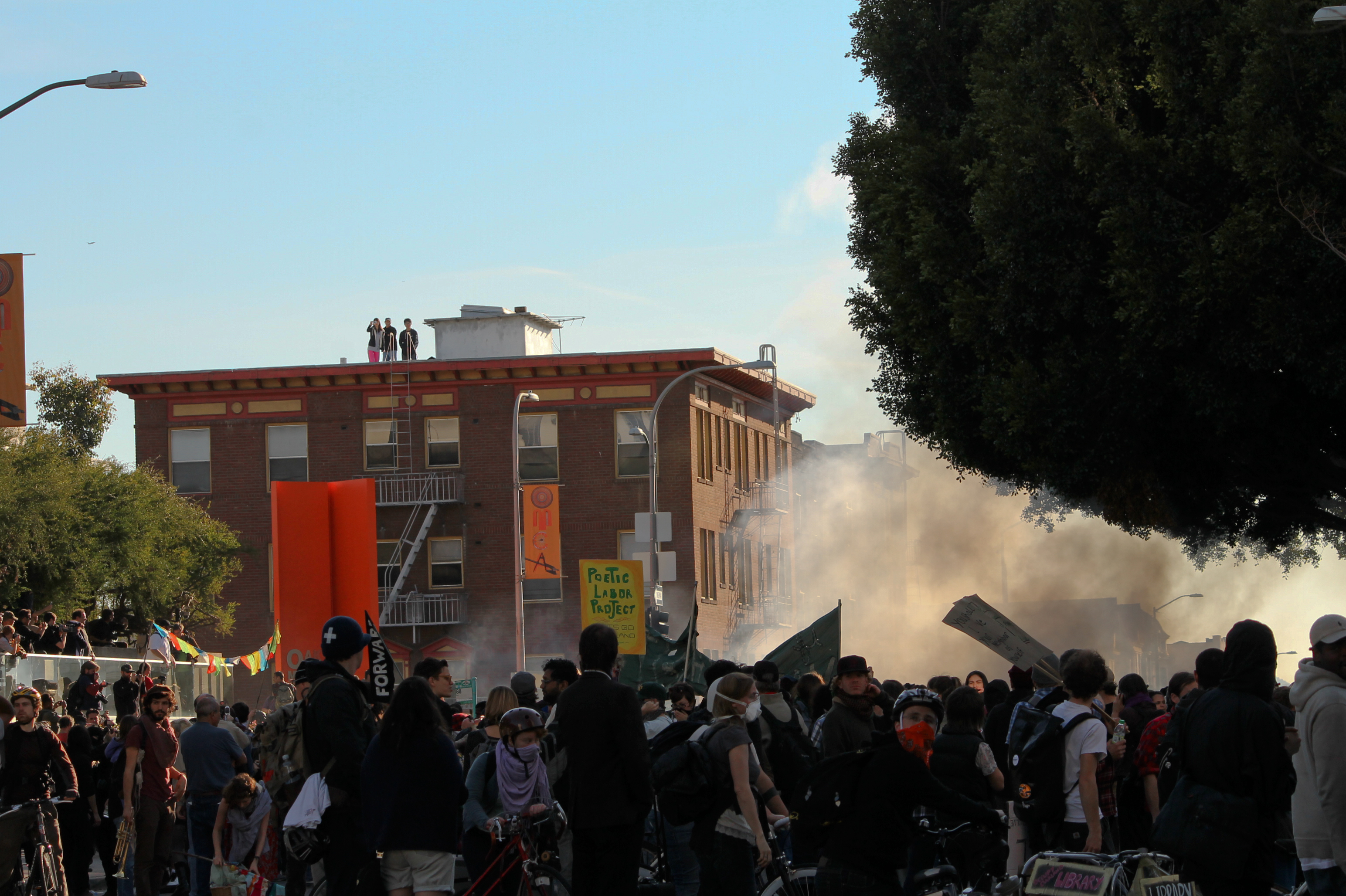How, as a police officer, should you go about policing an Occupy protest?
It’s not the sort of question I’ve spent much time thinking about, and I’m realizing that’s a mistake. I refer you, therefore, to the OPD Crowd Control and Management Policy Bulletin (via). Of particular note is this portion, which appears on page 6:
“It is essential to recognize that all members of a crowd of demonstrators are not the same. Even when some members of a crowd engage in violence or destruction of property, other members of the crowd are not participating in those acts. Once some members of a crowd become violent, the situation often turns chaotic, and many individuals in the crowd who do not want to participate in the violent or destructive acts may be blocked from leaving the scene because the crowd is so large or because they are afraid they will move into a position of heightened danger.
This understanding does not mean OPD cannot take enforcement action against the crowd as permitted under this policy, but OPD shall seek to minimize the risk that force and arrests may be directed at innocent persons.”
Here is a video taken by this person, who happened to live across the street from where OPD tried to kettle the protesters at 19th and Telegraph. I’m posting it because the visibility is amazing. These nighttime skirmishes are hard to follow or understand, especially if your spatial intelligence (like mine), is subnormal.
It’s 13 minutes long, but I recommend watching at least the first 6 minutes if you want to get a comprehensive bird’s-eye view of how OPD is policing these protests.
[youtube=http://www.youtube.com/watch?v=yfhrmtNXrOk]
What’s interesting about this is how OPD manufactures the very condition it’s supposed to avoid: they are blocking people from leaving the scene. They are creating precisely the “position of heightened danger” they’re supposed to be trying to defuse. (Watch the flash bangs and smoke bombs get hurled into the trapped crowd.)
Much has been made of the protesters pushing down the fences here. I didn’t understand the circumstances that led up that until I saw this video. Nor, I imagine, do people fully understand what protesters meant when they clarified, contra the typically dunder-headed news coverage, that when they ran into the YMCA later that night, they weren’t “occupying” it, they were literally running away from the police. The staff inside the YMCA was kind enough to let them in so they could escape through the back exit. Until the police caught on and blocked them in.
Again, this isn’t hearsay; there’s footage. Here’s video of protesters begging YMCA staff to let them in, and video of the police closing in, creating the kettle:
[youtube=http://www.youtube.com/watch?v=skhd_fDrwCU]
The police blocked everyone in, some 500 people, blocking all exits, then ordered them, absurdly, to “disperse”.
To reiterate: they trapped these people, leaving them nowhere to go. All exits had been blocked—by police.
The crowd started yelling “Let us go! Let us go!”
And there’s evidence: people tweeted as they were getting kettled:
People tweeted from inside the kettle:
Here is what it sounds like to be trapped inside that kettle with hundreds of people–reporter Susie Cagle, who was stuck in the kettle and also arrested (then “unarrested), has audio. Overheard: “This guy might have a broken leg.” And Cagle herself saying “where can we go”? to police.
Here’s what an NYT reporter tweeted while watching the livestream (in real time, obviously):
And here is what reporter Gavin Aronsen of Mother Jones tweeted while actually inside the kettle, where he would eventually be arrested:
Then the police announced this, via megaphone:
Here is audio of that announcement, again via Cagle’s audio, which includes audio of her arrest, and of the officer turning off her recorder after she tells him she’s a journalist.
To reiterate: the police arrested 409 protesters after kettling them in, for failing to disperse after they had made it literally impossible for them to do so.
Now, go back to the excerpt from the OPD training manual I posted above.
Boiled down to the essentials, they are:
1) Recognize that all protesters are not the same.
2) If things get crazy, realize that it’s likely to be a small group, and that many people will want to leave.
3) Those who want to leave might not, either because the crowd is just too big or they’re afraid of heightened danger.
4) Minimize arrests, and do everything possible to avoid arresting innocent people.
- The OPD did the opposite of #1, arresting 409 people indiscriminately, including members of the press.
- OPD did not react to “people getting chaotic,” instead, as shown in the video above, their strategy has become producing chaos. By, for instance, suddenly charging a crowd of hundreds of people with batons, flash-bangs and smoke bombs.
- They did not recognize that whatever provocations there may have been were the actions of a select few, and they actively ignored a chorus of hundreds of people begging to leave.
- Rather than create a space so that those who wished to leave could do so safely (minimizing the “heightened danger” that might keep people from risking departure), they created the “heightened danger” mentioned in #3. They did this, I reiterate, by beating people with batons, and throwing various smoke-producing and noise-producing devices into the trapped crowd.
- They issued an order that they themselves made it impossible to obey, then arrested everyone for noncompliance.
- They did not minimize arrests of innocent people. They maximized them.
- They arrested several journalists despite being explicitly told that they were press. For a detailed history of how that went down, see this Storify.
This stuff is worth reviewing and documenting with some pedantry because it’s just so terrifically easy to dismiss accounts of what happened in the heat of the moment. Late at night, in front of one building or another, in downtown Oakland. Particularly when those accounts are issued after the fact. We’re a skeptical public, too used to being “related at” by PR wanks. Everyone wears their cynicism on their sleeve, integrity’s dead and everyone’s a liar. Oh, the reader thinks, that protester said she got shoved around? Huh. We might not go so far as to say “She lies!”, but we shove it aside for later, which is the same, these days, as forgetting.
(I’m not praising this tendency, incidentally, but I am noting that it exists, and that it’s radically changing the standards of proof that sway public opinion.)
When there’s video, things are a little different. When people are tweeting in real time, things are different. When a total stranger is filming the events across the street from him, things are different. Those things add up to a much more complicated story, and it becomes more complicated still when we bother to read the rules governing good police-work. That “good police-work” has come to be something of an oxymoron in the mind of many of an Oaklander in no way absolves us from looking seriously at what good police-work should be. In cases like this, looking at the details means we gain the authority to stare back at police claiming we’re breaking laws, whose authority is considerably diminished when they’re so flagrantly violating their own.
The same is true for stories of fences being pushed down, of protesters “storming” the YMCA, of the things many of the 409 arrested protesters were charged with. (One of them is “Failure to leave the scene of a riot.”) All these news bits are so much messier. Even now, 48 hours since their arrest, over 100 people are still stuck in Santa Rita Jail, being “processed.” If the police are taking that long to process people, let’s take the time to process them too.

